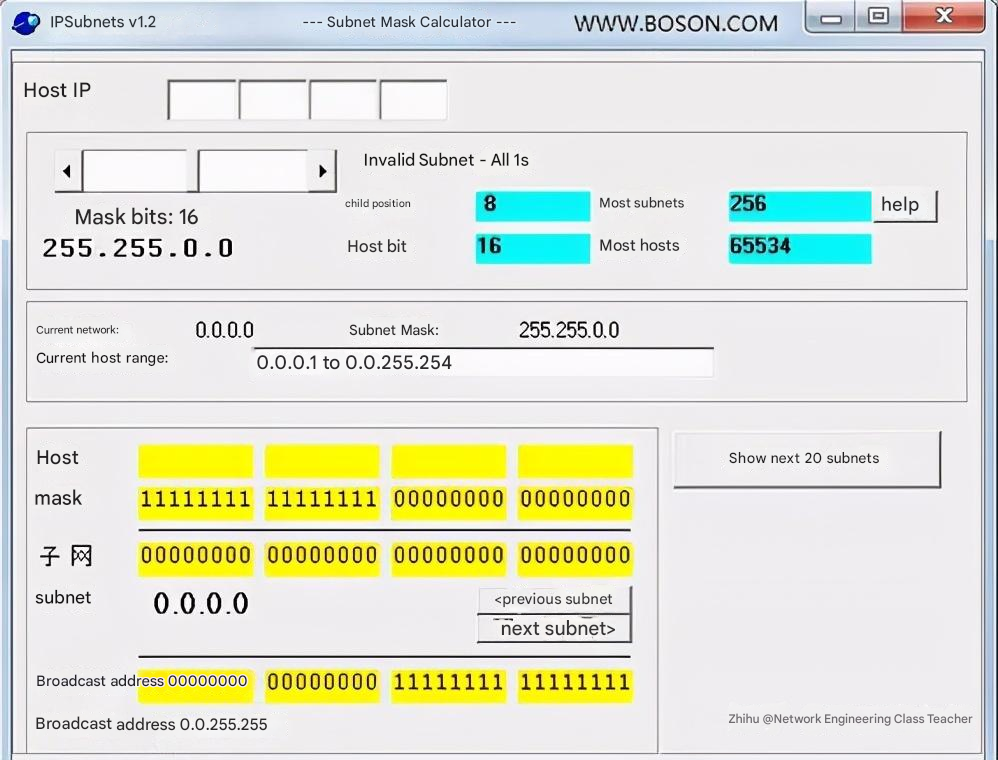As 2021 unfolds, network engineers and administrators are exploring the essential tools for reliable network maintenance. But which network maintenance tools are critical to ensure smooth operation and rapid troubleshooting?
1. Network Maintenance Tools: Terminal Emulation
There are many such tools, the most recommended of which is SecureCRT, the commonly used HyperTerminal software, IPOP integrated tools, TCL terminal emulation tools, etc.

2. Network Maintenance Tools: File Transfer
It is mainly used for uploading equipment or firmware upgrades. Commonly used ones are TFTPD32, Tftp, Cisco tftp server, etc. TFTPD32 is recommended because it is small and practical.

3. Comprehensive Network Maintenance and Automation
There are many small tools around network maintenance, such as subnet mask calculator, TCPview, etc. If you want better automatic operation and maintenance management, it is best to learn a programming language, Python is recommended.

4. Network Maintenance Tools: Network Packet Capture for Issue Resolution
Many things can be analyzed from network packet capture, one of which is for troubleshooting. The most common method is to determine whether network behavior is normal by the number of captured packets. For example, a large number of ARP packets will be received when an ARP virus breaks out; attack behavior is often manifested as a large number of packets (but packet capture is not the first step in determining such attack behavior, it is only necessary to capture packets when determining attack characteristics); of course, there are many other situations that are suitable for analysis by the number of captured packets.

5. Network Monitoring Software for Effective Management
Most of these tools are paid software, which are basically provided by manufacturers together with their devices, such as Huawei’s T2000, N2000, U2000, etc. Of course, there are also SolarWinds Engineer Toolset, Nagios, PRTG Network Monitor Freeware, etc. SolarWinds is the first choice.

6. Protocol Analyzer Tools for Deep Packet Analysis
Protocol judgment, for example, when Win2008 and Win2003 communicate, the window scale is incompatible, resulting in a small window size, while when the program is properly designed, the communication changes are extremely slow. These judgments are based on packet capture protocol analysis; in addition, protocol analysis may also be used for SIP communication docking between different manufacturers.
Protocol analyzers are useful for investigating data flows down to the packet level. This tool allows you to look at specific interactions between a client and a server. Protocol analyzers are software that intercepts and records packets. For example, if a particular PC is experiencing a slow connection to an application residing on a server, you can use a protocol analyzer to identify any communication, latency issues, or other problems that may be the root cause.
7. NetFlow Analysis for Traffic Insights
NetFlow is a network packet switching technology proposed by Cisco. The technology was first used to accelerate data exchange in network devices, and can simultaneously measure and count high-speed forwarded IP data flows. After years of technological evolution, the original function of NetFlow for accelerating data exchange has gradually been realized by application-specific integrated circuit (ASIC) chips in network devices, while the function of measuring and counting IPFlow flowing through network devices has become more mature and has become the most recognized industry standard for IP traffic analysis, statistics and billing in the Internet field today.
In order to accurately analyze and measure the traffic and direction of different types of service flows in the operator’s network, it is first necessary to distinguish the various types of data packets transmitted in the network. Due to the non-connection-oriented nature of IP networks, the communication of different types of services in the network may be a group of IP data packets sent by any terminal device to another terminal device. This group of data packets actually constitutes a flow of a certain service in the operator’s network. If the management system can distinguish all flows transmitted in the entire network and accurately record the transmission time, transmission direction and size of the flow, it can analyze and count the traffic and direction of all services in the operator’s entire network.
Tools such as Plixer’s Scrutinizer or SevOne’s NetFlow can be used to drill down into the data for a variety of uses. From a network troubleshooting perspective, NetFlow analysis can quickly track phenomena such as top applications, top hosts, and changes in network flow behavior to uncover issues such as bandwidth pigs.

8. Centralized Logging System for Efficient Troubleshooting
The practice of decrypting network device logs is a very useful troubleshooting technique. The software we are going to use is syslog-ng and php-syslog-ng . The machine with syslog-ng and php-syslog-ng installed (of course, apache, php and mysql support are also required) acts as the server of this system. All other servers or network devices act as clients and send syslog information to the syslog-ng server through the udp protocol. The syslog-ng server records these logs and records them as log files or inserts them into the mysql database. This operation is simplified by collecting and storing all network device logs in a central repository, and then using the analysis function to correlate log events from multiple devices to identify and quickly solve network problems.

In addition, professional Wi-Fi analyzers, such as Netscout AirMagnet or Ekahau spectrum analyzer, can well address the need to maintain high reliability and ubiquitous Wi-Fi in the enterprise.

No matter how technology evolves, the fundamental approach to troubleshooting remains unchanged. When a network issue arises, begin by analyzing the fault and identifying its severity, the relevant protocol, and the stage at which it occurs. Next, use Network Maintenance Tools to capture packets, filter for pertinent messages, and assess whether the data aligns with your initial analysis. If the packet information supports your conclusions, proceed with troubleshooting based on this insight. If it doesn’t, adjust your analysis and re-evaluate, using Network Maintenance Tools as needed to accurately pinpoint the problem and ensure network stability.



